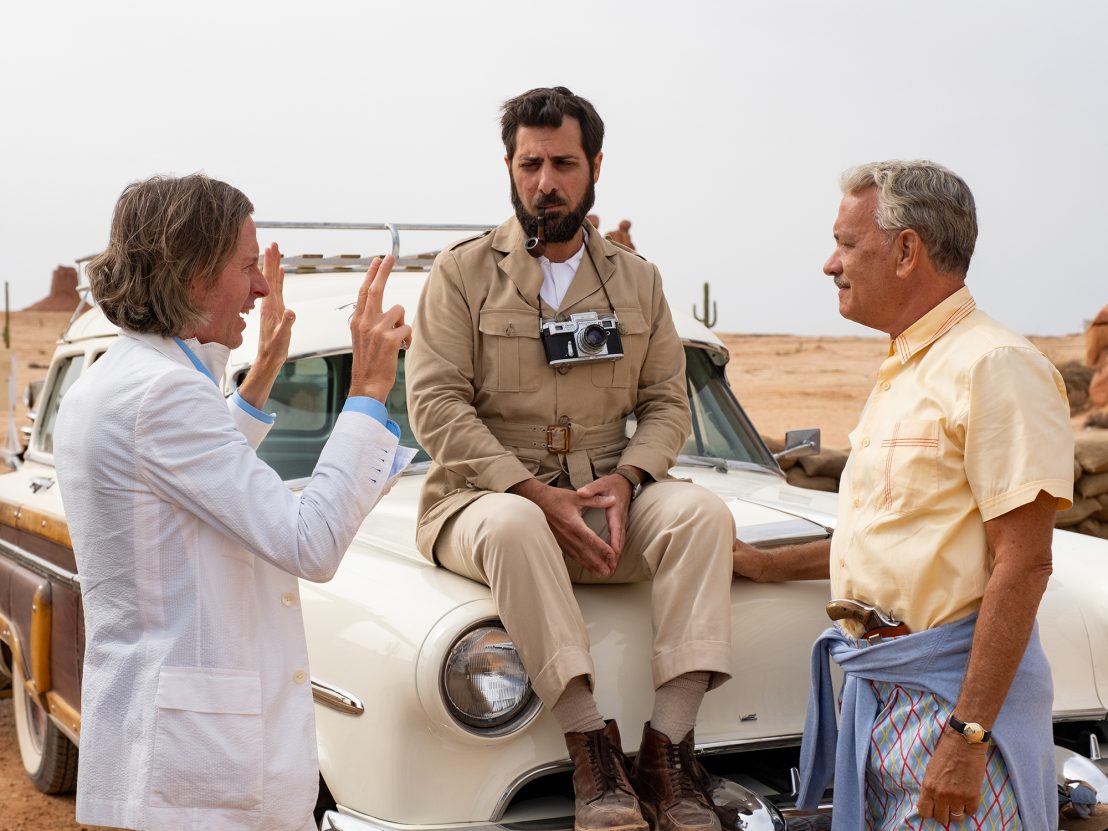
Words & Interview
Photography Courtesy of
The four time Oscar-winner talks her formative connections with Stanley Kubrick and how she’s able to fulfil Wes Anderson’s unique aesthetic visions.
Imagine your first credit as a costume designer for cinema was Stanley Kubrick’s A Clockwork Orange. And now imagine that you include Francis Ford Coppola and Wes Anderson as the names on your current client list. The Turin-born Milena Canonero is a legend in the industry, and has won four Oscars for her work over the decades, including most recently one for the costumes she designed for Wes Anderson’s The Grand Budapest Hotel.
Her work in Asteroid City covers duelling timelines and disparate styles: a mid-century desert-bound jaunt with an explosion of pastels, and the formal monochrome threads of a dispossessed clique of urban theatre actors. We had a short, sharp chat with Canonero about her connections to Kubrick, Anderson’s specificity of vision and his own unique sartorial style.
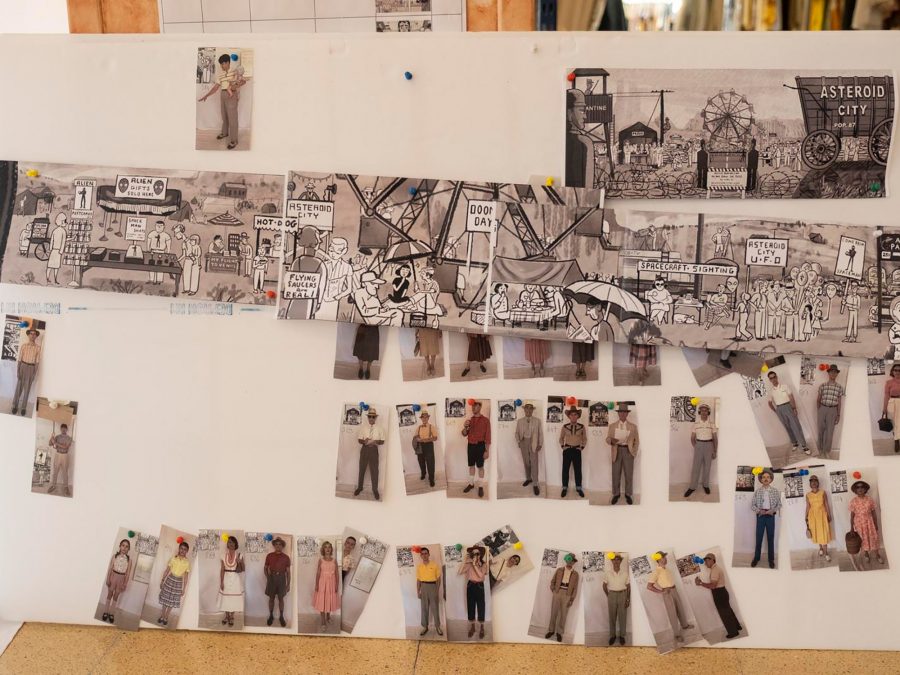
LWLies: Having worked with Stanley Kubrick, was it strange to have to create costumes for a character who was inspired by Stanley Kubrick?
Canonero: No it was not strange. It was I would say it was more moving, as Stanley was such a great mentor for me. It was one specific Stanley Kubrick look that inspired the character played by Jason Schwartzman – when Stanley was starting his career as a young photographer. By looking into that period of his life and also listening to Jason imitating Stanley’s voice, it was touching for me.
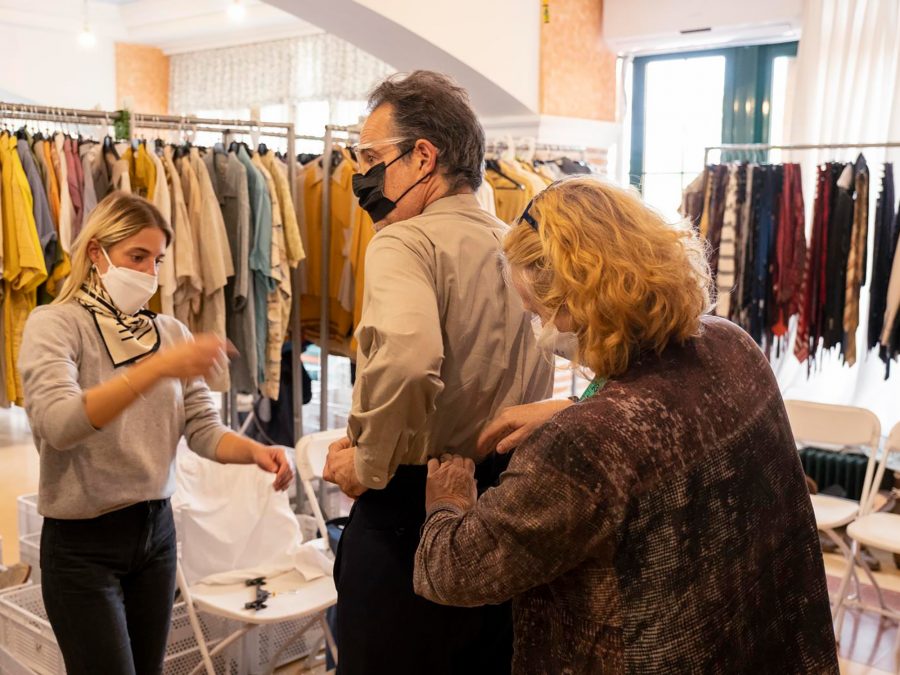
Did Wes and Jason tap you for information in the creation of the character of Augie Steenbeck?
There are so many photos and so much information for anyone to search. I sometimes showed Jason some of Stanley’s gestures or mannerisms but in the end Augie is Augie created by Jason and Wes. Not a mimic version of Stanley even if the main inspiration was Stanley.
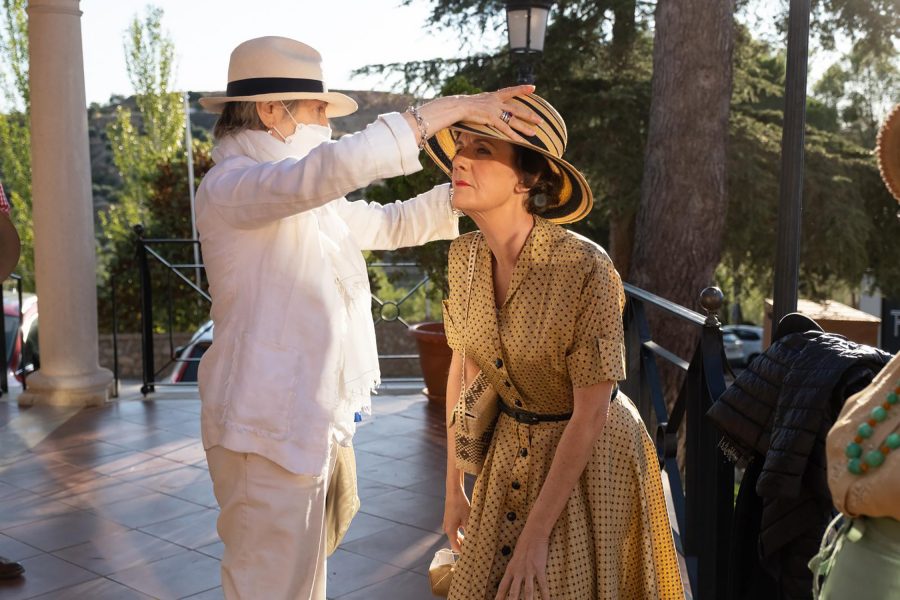
Does Wes tend to want to see lots of options before landing on a “Look” for each character? How many different costumes for each character did you have to source?
No never too many options. He is quite specific but he likes ideas, research and suggestions within the descriptions he gives me.
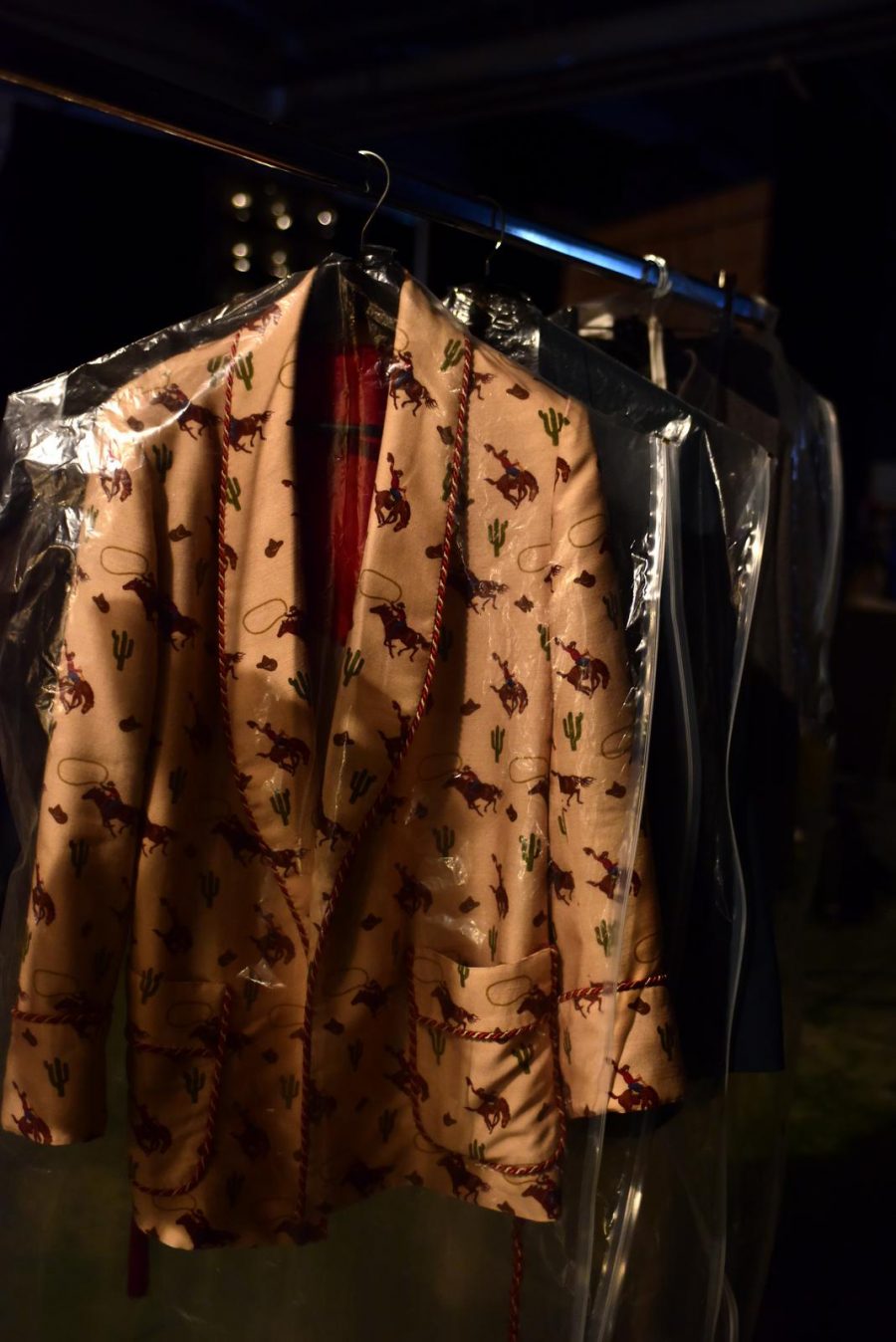
For Asteroid City, how much fidelity did you retain to the time period? Were anachronisms allowed?
Fidelity is interesting because often it is unusual and unexpected and there are so many choices in every period. Anachronism is definitely allowed in Wes’s movies.
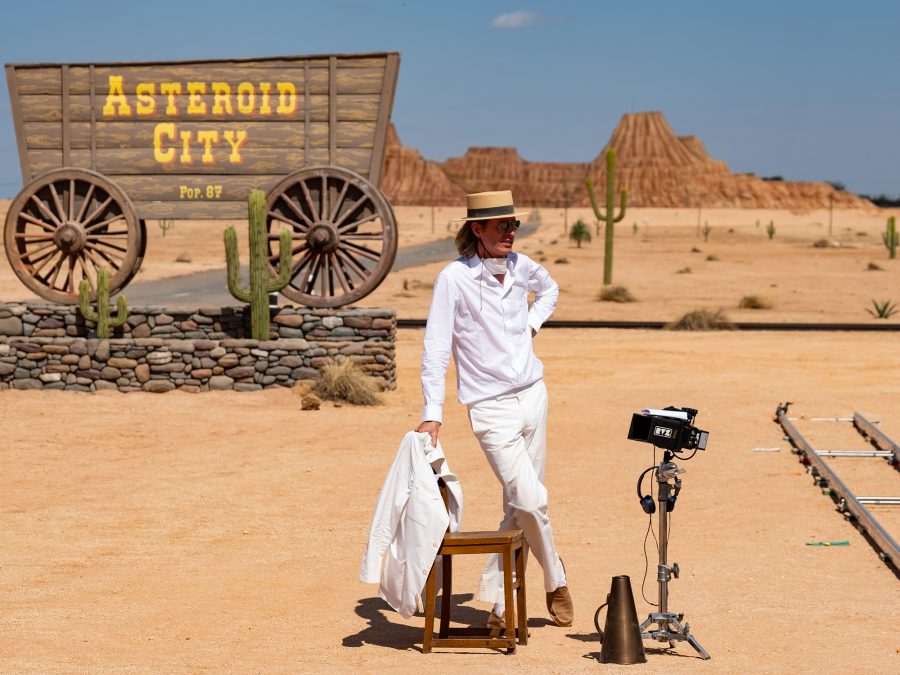
How much does Wes’s own sartorial tastes influence his decisions for costumes?
Wes definitely has his own personal style, his decisions for costumes on his movies are not influenced by that necessarily. However he loves certain quirkinesses in costumes that by now are familiar to me.
Published 21 Jun 2023
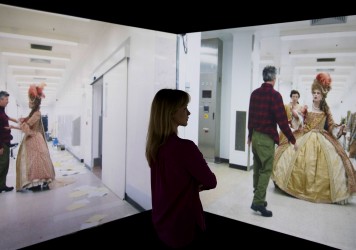
‘Daydreaming with Stanley Kubrick’ features contributions from Anish Kapoor, Sarah Lucas and other contemporary artists.

The maestro returns, the patented formula tweaked to blissful perfection in this witty and deeply moving exploration of the tools that we produce to help us see beyond our everyday vision.
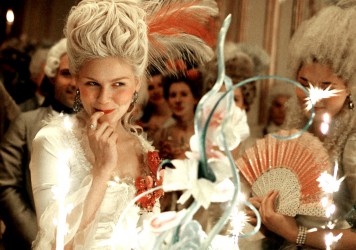
Sofia Coppola’s opulent period drama explores female self-empowerment in a man’s world.